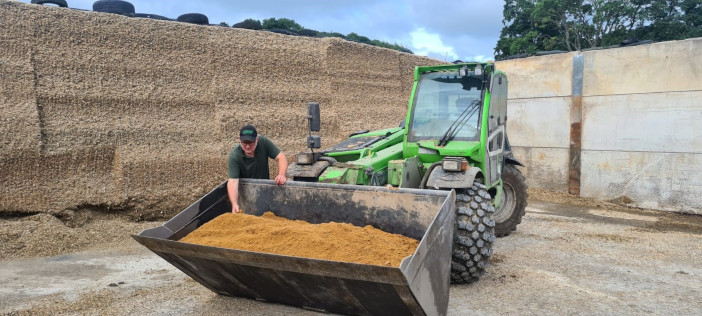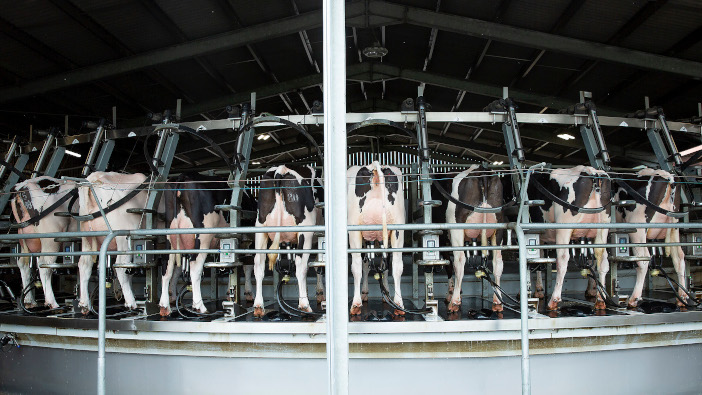UK nutritional supplement manufacturer, UFAC-UK, has advised that an understanding of the genuine energy values for the cow is crucial if an accurate assessment of the energy content of feeds is to be achieved.
Balancing energy sources can help farms reduce their environmental footprints and, given the variable quality of forage on dairy farms this year, getting supplementation right is key. Moreover, while forage analysis is key to diet formulation, understanding the role of fatty acids and the true energy content of different oils and fats is crucial for optimising performance and health with tailored supplements – while also controlling costs.
Mike Chown, ruminant technical manager with UFAC-UK, explains “the key is to optimise rumen microbial proteins. In practical terms, we need to look at the forage analysis, and to understand how it performs, we need to look at the digestibility of NDF.”
He added: “Consider the ADF and lignin levels. The lower the ADF, and particularly lignin, the greater the digestibility. You can’t just look at energy levels and wonder why the forage isn’t milking, without comparing digestibility percentage with NDF.”
Giles Rowland, of Rowland Partners, says that balancing energy sources in the diet has improved efficiency and performance on his 380-cow enterprise, as well as lowering the carbon footprint.

Mr Rowland has been using some form of supplementary fats for over 20 years, moving to a palm-free alternative fat supplement around 10 years ago. The unique combination of fatty acids in Dynalac has increased the dairy unit’s diet energy density, while also helping to maintain body score and boost fertility.
Several factors determine the overall Metabolisable Energy (ME) that is available to the cow, including digestibility. At 27 MJ/kg DM, the more sustainable Dynalac has the same energy as a calcium soap (NRC 2001), so it increases energy density of the diet, crucial for high-yielding dairy cows, especially in early lactation.
Mr Chown explains: “The supplement also supplies C18:1 fatty acid, helping to reduce body condition loss, especially in early lactation. In addition, long chain Omega 3 fatty acids help support fertility and give the immune system a boost.”


